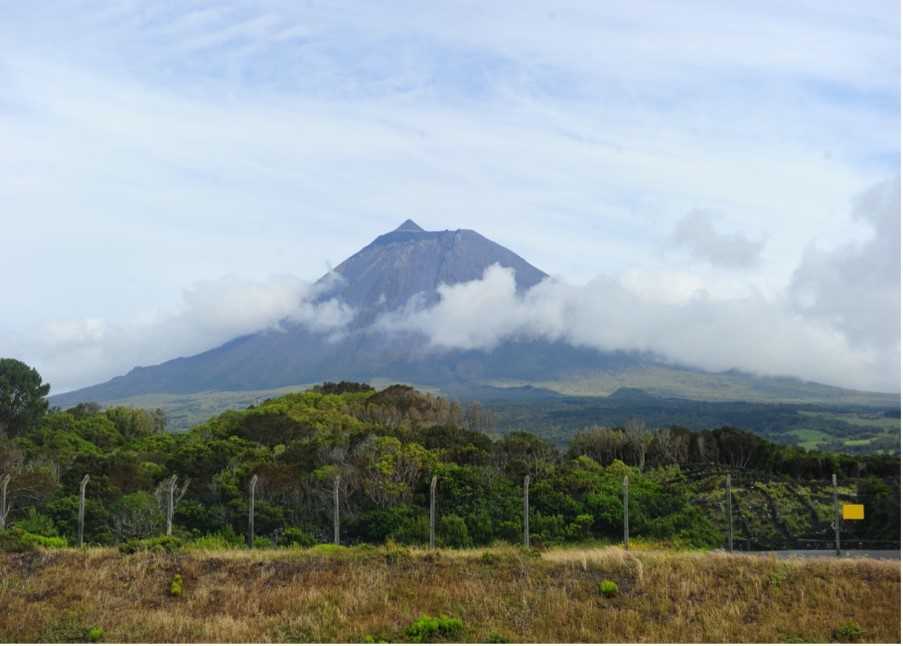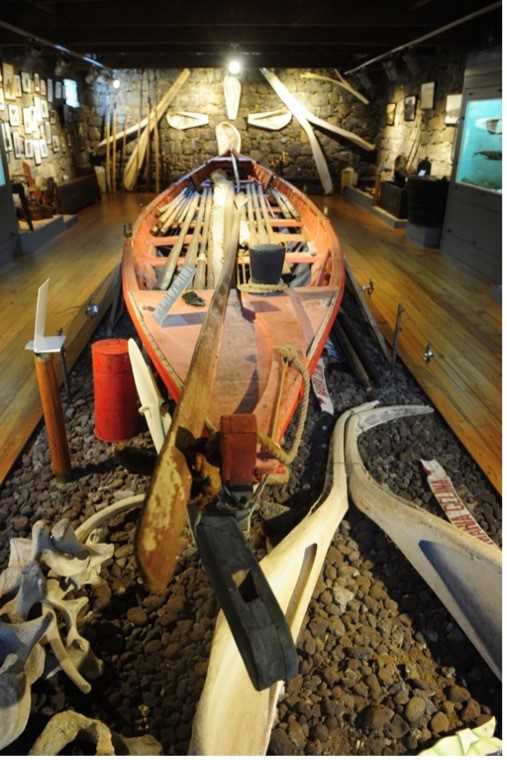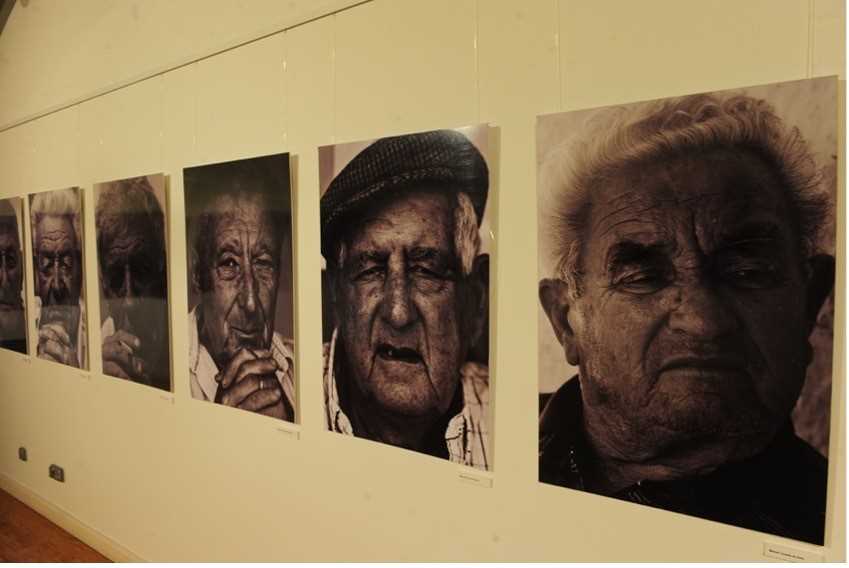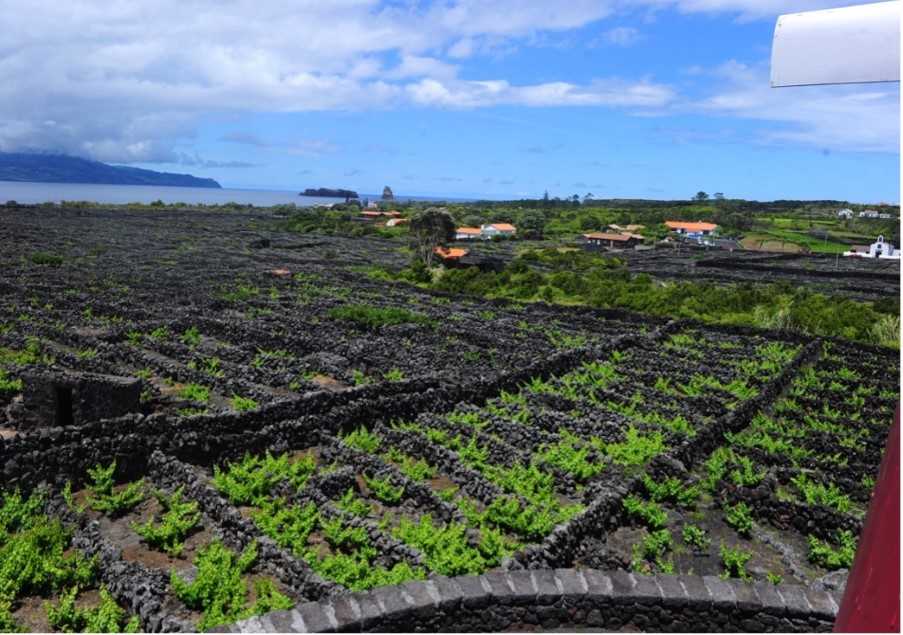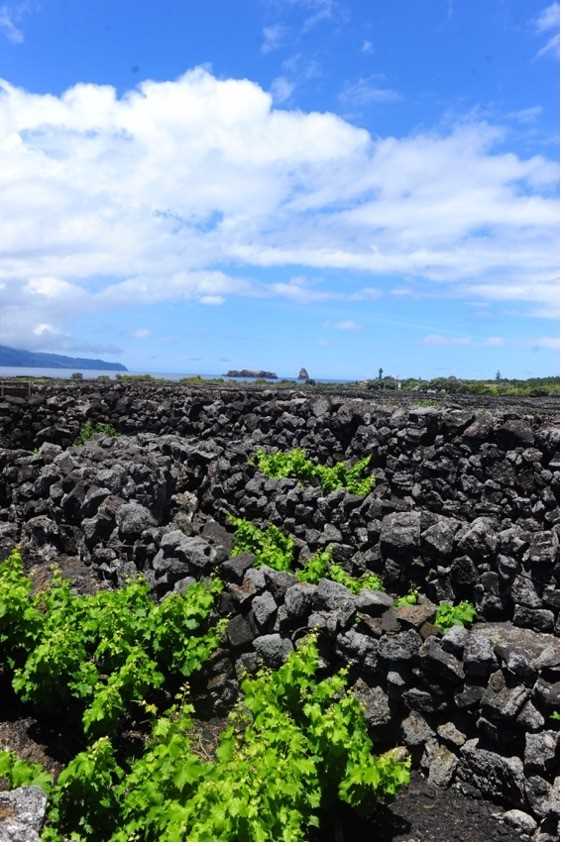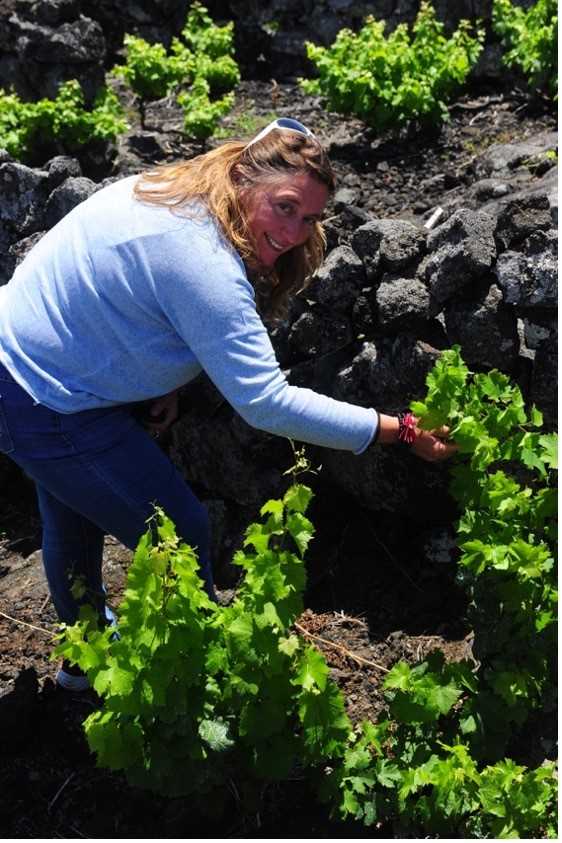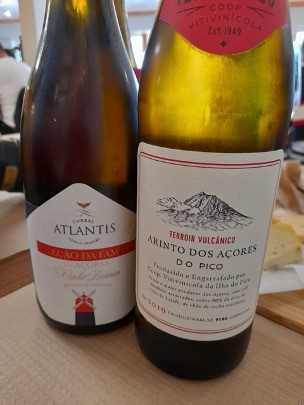From São Miguel, I flew to one of the Azores’ most charismatic islands, where the first sight of it is quite literally a showstopper. Geologically, Pico is the youngest island in the Azorean island chain, dramatically emphasised by the colossal presence of Pico Volcano, which at 2,351m, is Portugal’s highest peak. It has erupted on many occasions, the last time in 1718, and part of the island’s fabric include long ribbons of basalt lava flows that reach the surrounding ocean.
I settled into a coastal guesthouse called Aldeia da Fonte, its garden bungalows hewn from rough jet-black basalt. It was just before I checked in that the view towards Pico Volcano completely disappeared in billowing cloud for the duration of my two-day stay on the island.
But no matter, as there is much else to entertain on Pico, not least the legacy of its whaling industry that still touches a very raw nerve. The last sperm whale in the Azores was killed in 1987 around Pico Island, after the International Whaling Committee (IWC) agreed to end this abhorrent practice. Having come to the Azores on a whale watching trip I had mixed feelings about exploring this industry. But the cultural ramifications it has had on island life are inescapably interesting.


